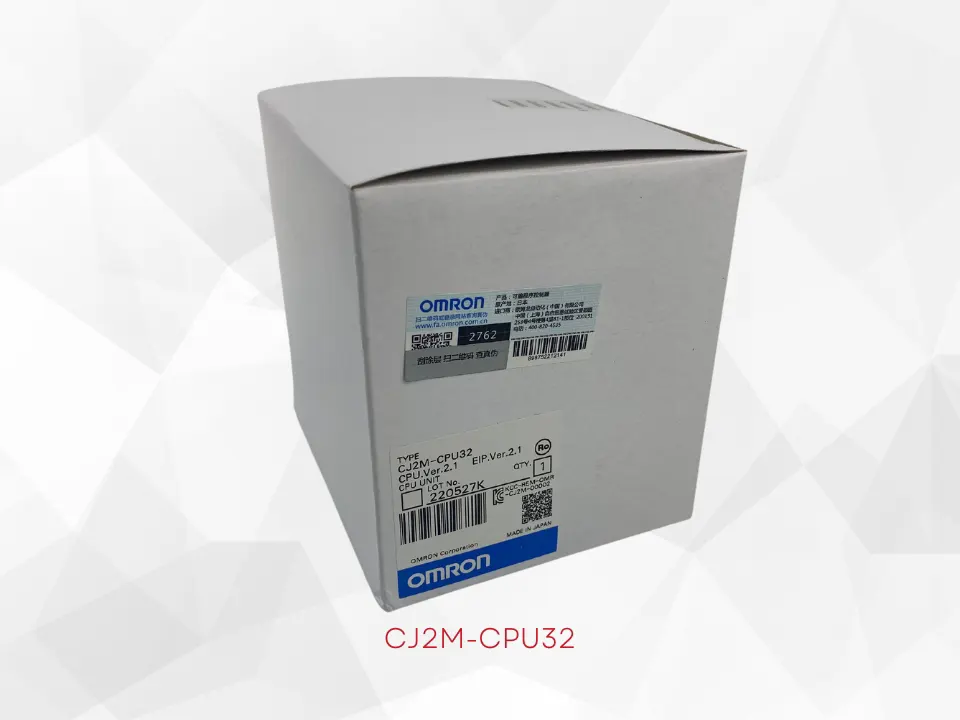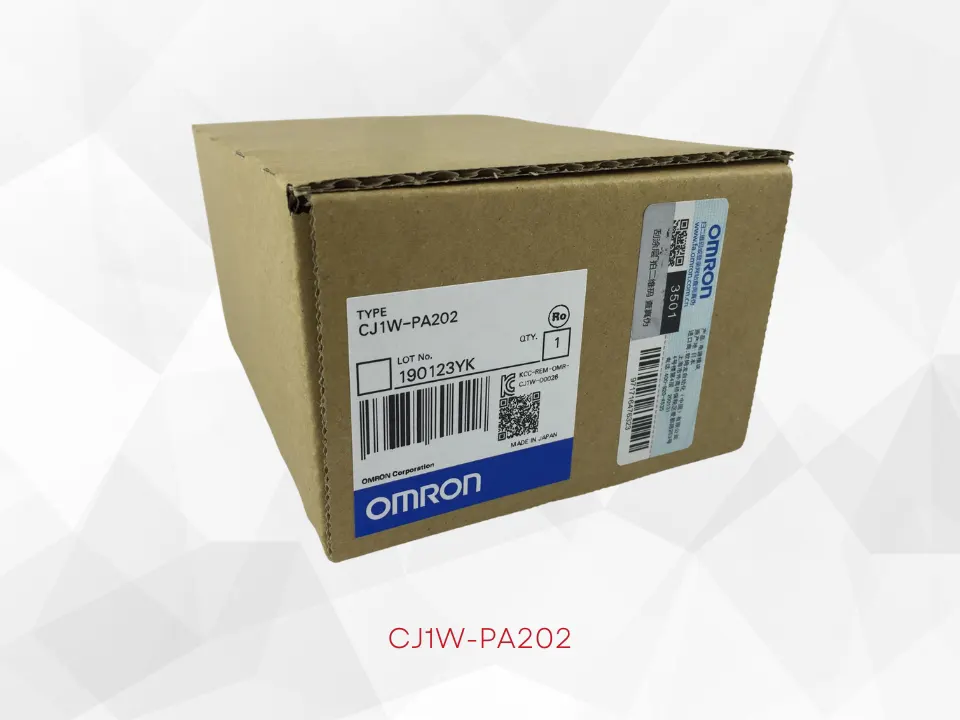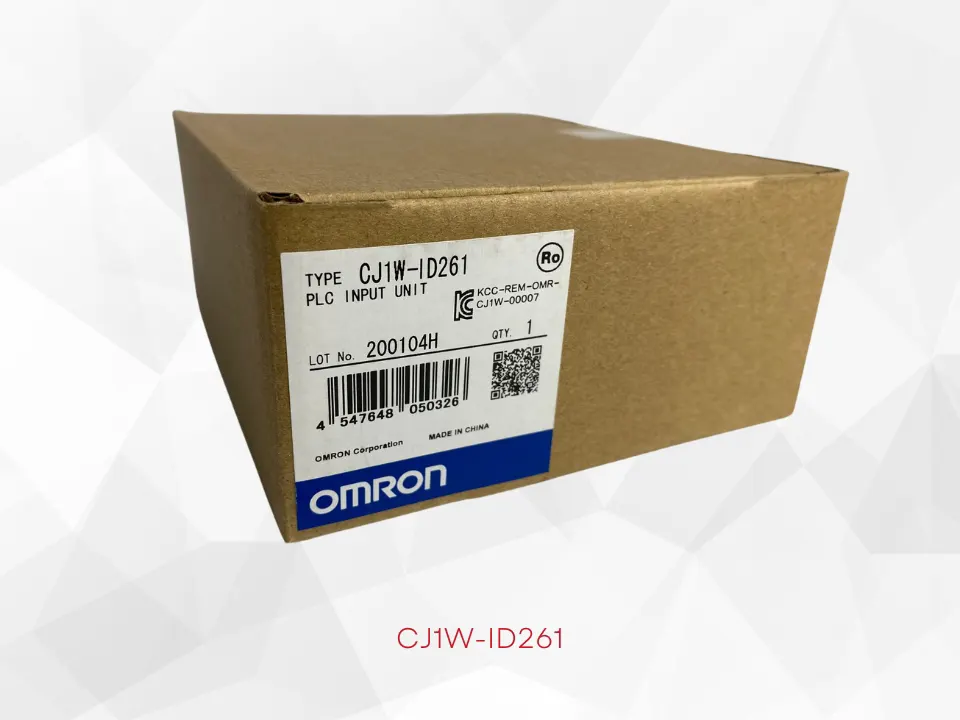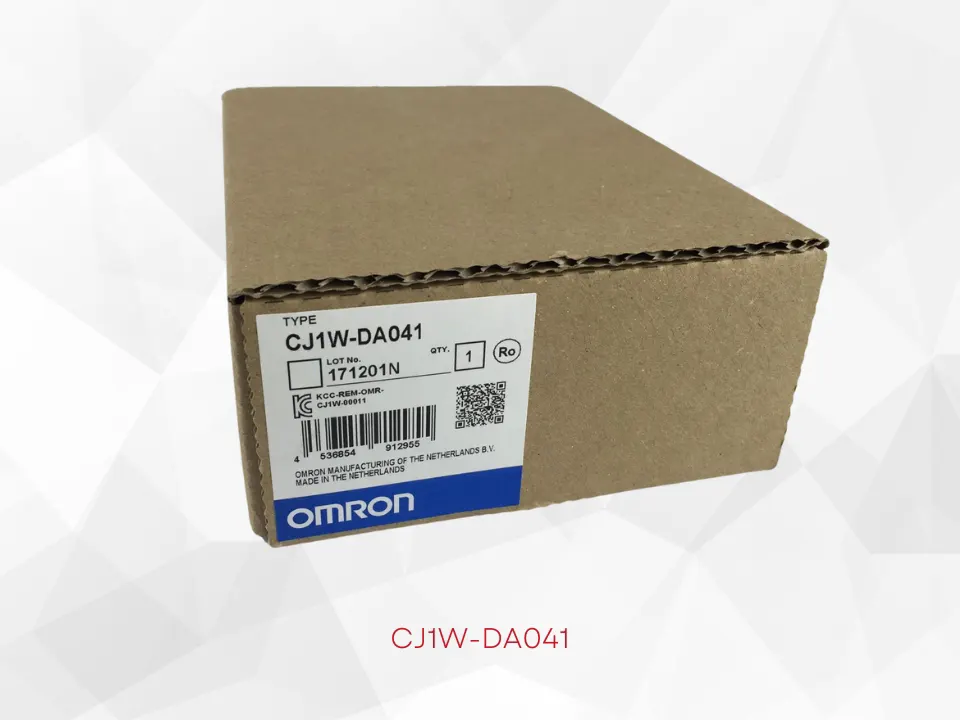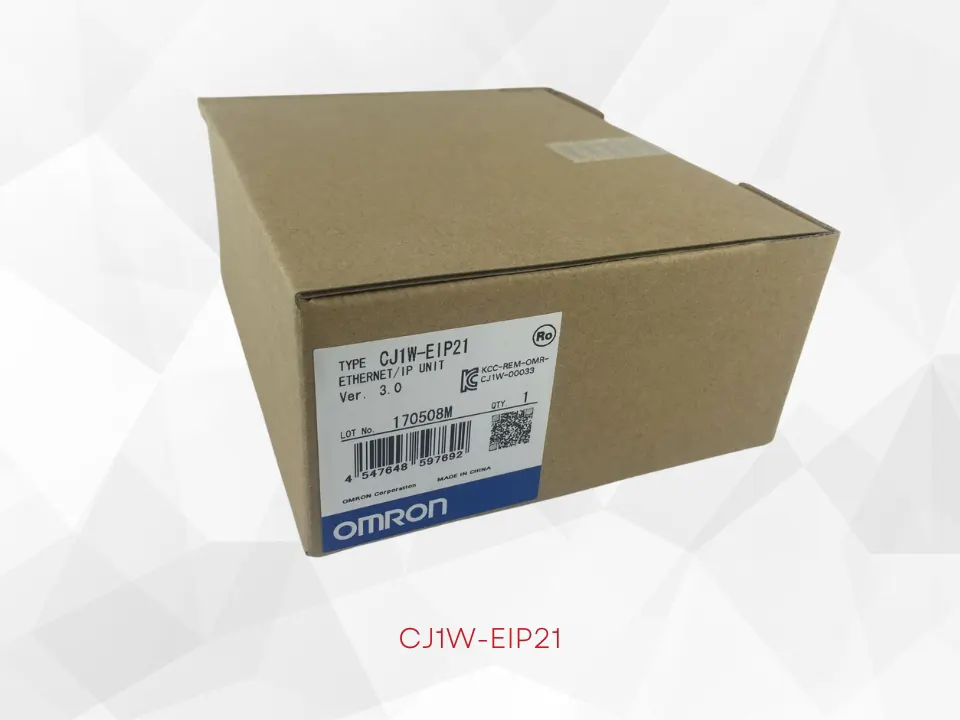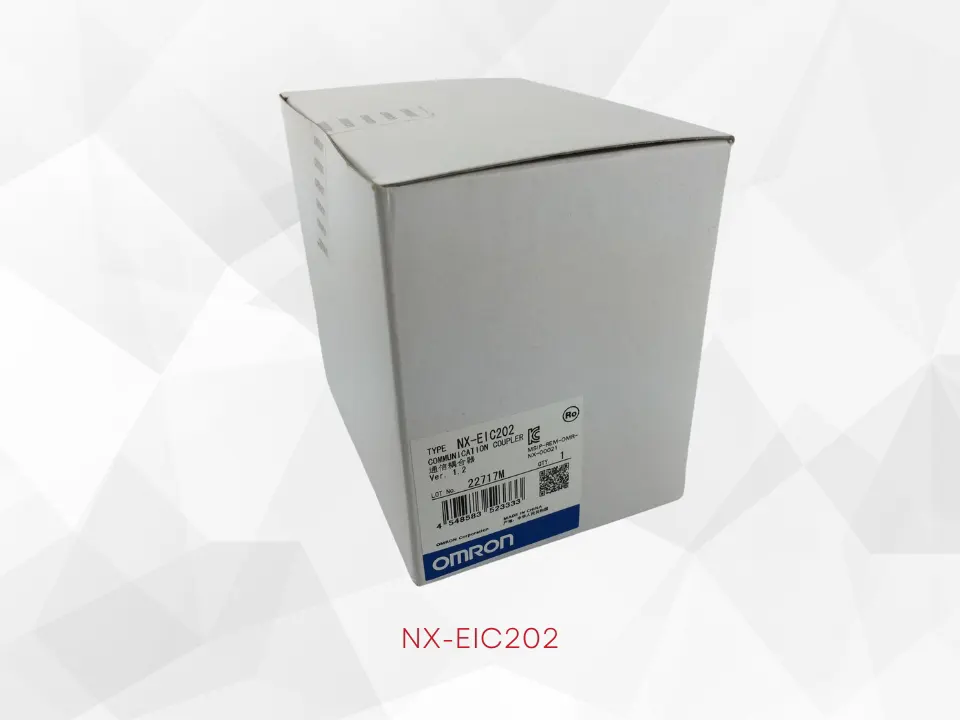Essential Guide to PLC Systems for Engineers
- kwoco-plc.com
- August 8, 2024
- 8:19 pm
Do you want to streamline your industrial automation processes but are unsure where to start? Kwoco has more than 10 years of experience in the automation industry. Let me guide you through the essentials of Programmable Logic Controllers (PLCs) to help you optimize your operations.
PLCs are the backbone of industrial automation, enabling precise control and monitoring of various processes. They are integral in manufacturing, energy management, and other sectors where efficiency and reliability are paramount.
Table of Contents
Our journey begins with understanding what a PLC is and how it functions. Stay with me, and you’ll gain the knowledge needed to make informed decisions for your projects.
What is a PLC?
A Programmable Logic Controller (PLC) is a specialized computer used to control machines and processes in an industrial setting. Unlike regular computers, PLCs are designed to withstand harsh environments and provide reliable operation in real-time scenarios.
They are programmed using specific languages such as ladder logic, which makes them versatile for various applications.
Why are PLCs crucial for industrial automation?
PLCs offer several advantages:
- Reliability: Designed for industrial use, PLCs can operate continuously without failure.
- Flexibility: Easily reprogrammed to accommodate different tasks.
- Scalability: Can be expanded to control multiple processes.
- Integration: Compatible with various sensors and devices, ensuring seamless operations.
How do PLCs Work?
PLCs operate by continuously scanning their program and monitoring input signals. The basic cycle includes:
- Reading Inputs: Gathering data from sensors and devices.
- Executing the Program: Processing the data according to the programmed instructions.
- Updating Outputs: Sending signals to actuators and other devices to perform actions.
What are the key components of a PLC?
- Processor (CPU): The brain of the PLC, executing control instructions.
- Power Supply: Provides the necessary power for the PLC and its components.
- Input/Output Modules: Interfaces for connecting sensors and actuators.
- Programming Device: Used to create and upload programs to the PLC.
Types of PLCs
PLCs come in various types and sizes, each suited for specific applications. The two main categories are:
- Compact PLCs: Integrated units with limited I/O capabilities, ideal for small-scale applications.
- Modular PLCs: Expandable systems with separate modules for different functions, suitable for large-scale and complex applications.
How to choose the right PLC?
When selecting a PLC, consider the following factors:
- Application Requirements: Determine the specific needs of your process.
- I/O Capacity: Ensure the PLC can handle the number of inputs and outputs required.
- Communication Capabilities: Check for compatibility with existing systems.
- Environmental Conditions: Choose a PLC designed to withstand the operating environment.
Programming PLCs
Programming a PLC involves creating instructions that the controller follows to perform specific tasks. The most common programming language is ladder logic, which resembles electrical relay logic diagrams. Other languages include function block diagrams, structured text, and instruction lists.
What are the best practices for PLC programming?
- Organize Code: Use clear and consistent naming conventions.
- Modularize Programs: Break down the program into smaller, manageable sections.
- Comment Extensively: Provide detailed comments to explain the code.
- Test Thoroughly: Simulate and test the program before deployment.
Kwoco offers brand-new, original PLCs at competitive prices.
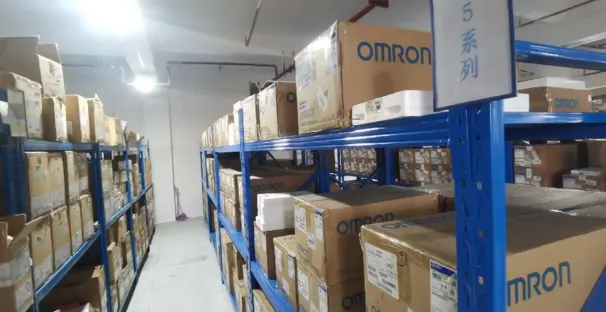
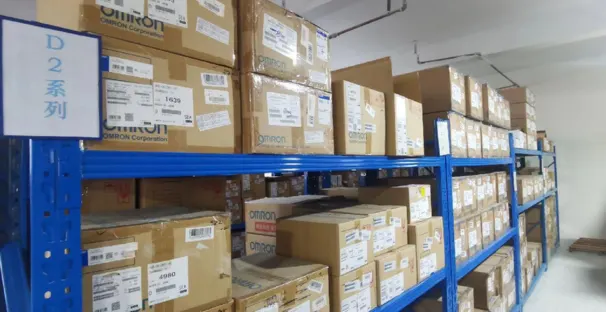
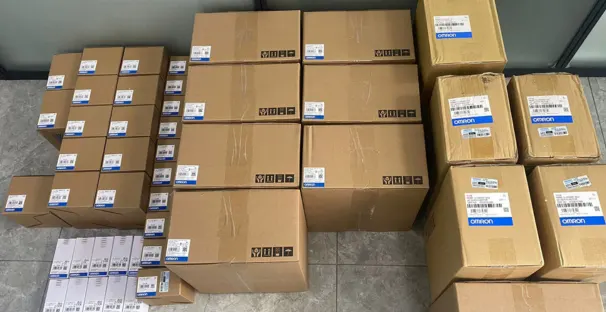
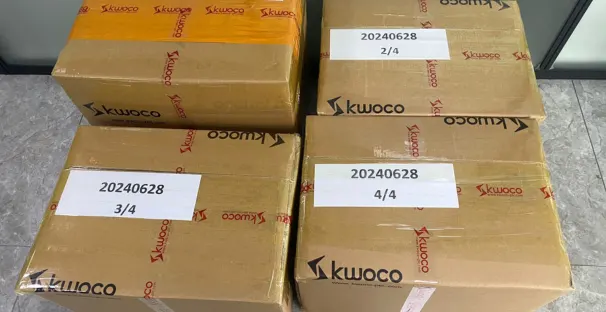
Maintenance and Troubleshooting
Regular maintenance and prompt troubleshooting are essential to keep PLC systems running smoothly. This includes:
- Routine Inspections: Check for physical damage, loose connections, and signs of wear.
- Software Updates: Keep the firmware and software up to date.
- Error Logs: Monitor and analyze error logs to identify potential issues.
How to handle common PLC issues?
- Communication Failures: Check network connections and configurations.
- Power Supply Problems: Ensure stable power supply and proper grounding.
- Program Errors: Review and debug the program code.
The Best PLC Supplier
Kwoco has more than 20 years of experience in the automation industry. Our clients include European and American listed companies, equipment factories and traders. We have been providing global customers with brand new and original automation products of brands such as Omron, Mitsubishi, Schneider, etc. Welcome to consult for free ([email protected]).
Contact Us
Just fill out your name, email address, and a brief description of your inquiry in this form. We will contact you within 24 hours.
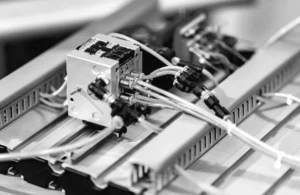
Why Your PLC Needs a Separate Power Supply
Why Your PLC Needs a Separate Power Supply Have you ever wondered why PLC systems often require a separate power
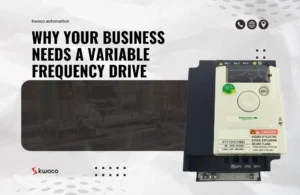
Why Your Business Needs a Variable Frequency Drive
Why Your Business Needs a Variable Frequency Drive When managing industrial operations, optimizing energy efficiency while maintaining performance is crucial.

Why Signal Isolation is Crucial for Omron PLCs?
Why Signal Isolation is Crucial for Omron PLCs? In the world of industrial automation, signal interference is a silent killer.

